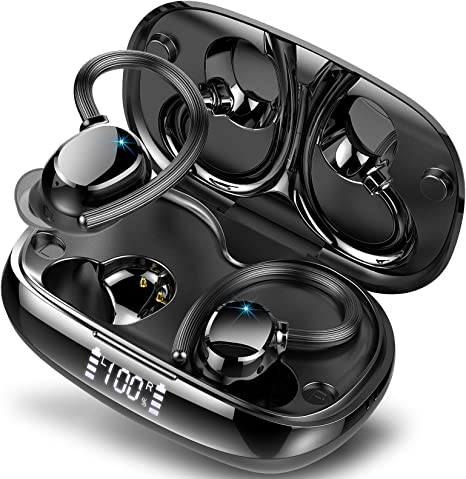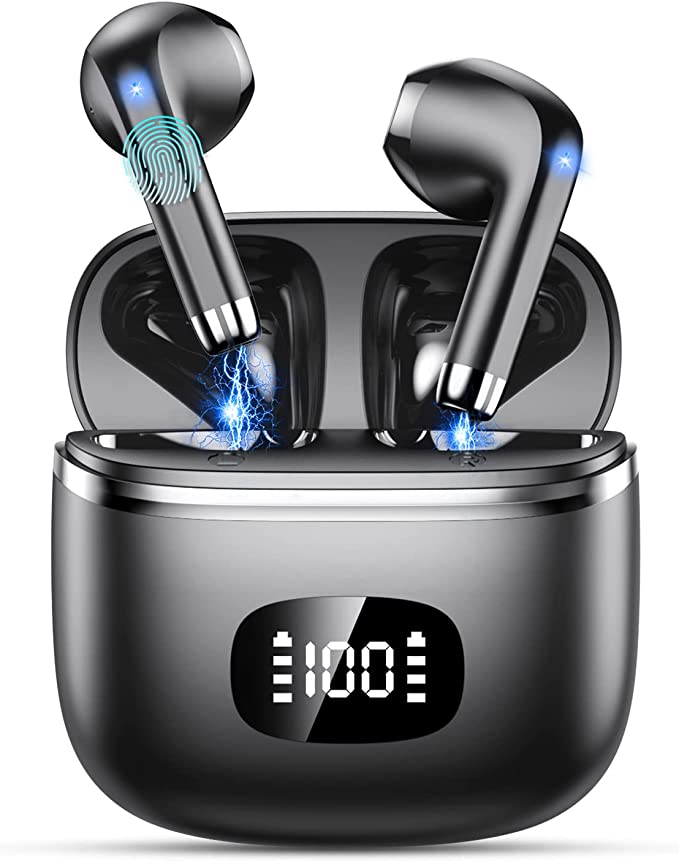ANCEL AD610 Pro OBD2 Scanner: Diagnose ABS, SRS, and More with Ease
Update on March 8, 2025, 3:38 p.m.
Your car is more than just a mode of transportation; it’s a complex machine with intricate systems designed to keep you safe. Two of the most critical of these are the Anti-lock Braking System (ABS) and the Supplemental Restraint System (SRS), often referred to as the airbag system. These systems work silently in the background, ready to intervene in critical moments to protect you and your passengers. But how much do you really know about them? And what happens when those warning lights on your dashboard suddenly illuminate?

A Journey Through Time: The Evolution of Onboard Diagnostics
Before we delve into the specifics of ABS and SRS, let’s take a quick trip back in time. The concept of onboard diagnostics (OBD) originated in the 1980s as a way for vehicles to monitor their own emissions control systems. The early OBD-I systems were rudimentary, with varying standards and limited diagnostic capabilities.
In 1996, a significant leap forward occurred with the introduction of OBD2. This standardized system, mandated in the United States for all cars and light trucks, provided a universal interface and a common set of diagnostic trouble codes (DTCs). This standardization made it much easier for technicians (and now, even DIY enthusiasts) to diagnose and repair vehicle problems. Today, OBD2 remains the standard, constantly evolving to keep pace with the increasing complexity of modern vehicles.

ABS: The Science of Controlled Stopping
Imagine slamming on your brakes on a wet or icy road. Without ABS, your wheels could lock up, causing your car to skid uncontrollably. ABS prevents this dangerous scenario by rapidly pulsing the brakes at each wheel, allowing them to maintain traction and you to maintain steering control.
-
The Physics of Braking: When you brake, friction between the brake pads and rotors slows the wheels’ rotation. However, if the braking force is too strong, the wheels can lock up, causing them to stop rotating completely. This is where static friction takes over, and static friction is significantly less than kinetic (rolling) friction. This means you have less stopping power when your wheels are locked, and you lose the ability to steer. ABS modulates brake pressure to keep the wheels rotating just at the point of maximum braking force, without locking up.
-
Components of the ABS System: The key players in the ABS system include:
- Wheel Speed Sensors: These sensors, typically located at each wheel, monitor the rotational speed of each wheel. They use either a Hall effect or magnetoresistive principle to generate a signal that is proportional to the wheel’s speed.
- Hydraulic Control Unit (HCU): This unit contains valves that control the brake pressure to each wheel. It receives signals from the ECU and modulates the pressure accordingly.
- Electronic Control Unit (ECU): The brain of the ABS system. It receives signals from the wheel speed sensors, processes the information, and sends commands to the HCU.
-
Common ABS Problems and How to Spot Them:
- ABS Warning Light: The most obvious sign of an ABS problem.
- Spongy Brake Pedal: Can indicate air in the brake lines, which can affect ABS performance.
- Brakes Locking Up During Hard Braking: Defeats the purpose of ABS.
- Unusual Noises During Braking: Grinding or clicking sounds can indicate sensor or HCU issues.
-
The AD610 Pro and ABS: A Powerful Diagnostic Duo: The ANCEL AD610 Pro goes far beyond simply reading ABS codes. It allows you to:
- Read and Clear ABS Codes: Identify the specific fault causing the ABS warning light.
- View Live Data: Monitor the output of each wheel speed sensor in real-time, helping you pinpoint faulty sensors.
- Perform ABS Auto Bleeding: This crucial function helps remove air from the brake lines after brake repairs, ensuring optimal ABS performance. This process involves activating the ABS pump and opening the bleeder valves in a specific sequence, which the AD610 Pro automates. Note: This feature is not compatible with all vehicles; some require manual bleeding.
- Bi-directional Control: One of the most powerful features is its support for bi-directional control on supported vehicles. This lets you activate specific components—like the ABS pump motor—to test their functionality.
SRS: Your Invisible Shield in a Crash
The SRS, or airbag system, is your last line of defense in a collision. It’s designed to deploy airbags in a fraction of a second, cushioning occupants and reducing the risk of serious injury.
-
The Mechanics of Airbag Deployment: Airbags are made of thin, nylon fabric and are packed tightly into various locations within the vehicle (steering wheel, dashboard, side panels, etc.). In a collision, impact sensors send a signal to the SRS control module. This module triggers an inflator, which rapidly fills the airbag with nitrogen gas. The entire process happens in milliseconds.
-
Components of the SRS System:
- Impact Sensors: These sensors detect sudden deceleration or impact. There are different types of sensors, including accelerometers and pressure sensors.
- Airbags: The inflatable cushions that protect occupants.
- SRS Control Module: The brain of the SRS system. It receives signals from the impact sensors and determines which airbags to deploy.
- Seatbelt Pre-tensioners: These devices tighten the seatbelts in a collision, securing occupants in their seats.
-
Common SRS Issues and Warning Signs:
- SRS Warning Light: The most obvious indicator of a problem.
- Airbag Did Not Deploy in an Accident: Could indicate a sensor or control module failure.
- Airbag Deployed Unexpectedly: A rare but dangerous situation.
-
Diagnosing SRS Problems with the AD610 Pro: The AD610 Pro allows you to:
- Read and Clear SRS Codes: Identify the specific fault triggering the SRS warning light.
- View Live Data: Monitor the status of various SRS components, such as sensors and seatbelt pre-tensioners. Important Note: The AD610 Pro cannot reset airbag crash data.
Beyond Safety Systems: The AD610 Pro’s Full OBD2 Capabilities
While the AD610 Pro excels at ABS and SRS diagnostics, it’s also a fully functional OBD2 scanner, capable of diagnosing engine-related issues.
- Reading and Clearing Engine Codes: Retrieve and clear diagnostic trouble codes (DTCs) related to the engine and emissions control systems.
- Live Data: A Window into Your Engine’s Health: The AD610 Pro can display a wide range of live data parameters, such as engine speed (RPM), coolant temperature, oxygen sensor readings, fuel trim values, and more. This data allows you to see how your engine is performing in real time and can help you identify potential problems. For instance, erratic readings from the mass airflow (MAF) sensor might suggest a vacuum leak or a faulty sensor.
-
Freeze Frame Data: Capturing the Moment of a Fault: When a fault occurs, the vehicle’s computer often stores a “snapshot” of the engine’s operating conditions at that moment. This is called freeze frame data. The AD610 Pro can retrieve this data, providing valuable clues about the circumstances that led to the fault.
-
I/M Readiness: Preparing for Emissions Testing: Before your vehicle can pass an emissions test, its onboard monitors must be in a “ready” state. The AD610 Pro can check the status of these monitors, allowing you to determine if your vehicle is ready for testing. This can save you a trip to the testing station only to find out your car isn’t ready.
-
O2 Sensor Test: Access and analyze data from the oxygen sensors, key components in regulating fuel efficiency and emissions. Irregular readings can indicate a failing sensor, impacting fuel economy and potentially causing damage to the catalytic converter.
- On-Board Monitor Test: This allows you to view the results of the onboard diagnostics monitoring tests for specific components that are not continuously monitored, such as the catalytic converter and evaporative emissions system.

The AD610 Pro: A Closer Look
-
User-Friendly Interface: The AD610 Pro features a 2.8-inch color screen and a simple, intuitive menu system. While it’s not a touchscreen, the button-based navigation is easy to learn.
-
AutoVIN Technology: This time-saving feature automatically identifies your vehicle’s make, model, and year, eliminating the need for manual input.
-
Free Lifetime Updates: ANCEL provides free lifetime software updates for the AD610 Pro, ensuring that it remains compatible with new vehicle models and diagnostic protocols. Updates are delivered via Wi-Fi, making the process convenient.
Empowering the DIY Mechanic
The ANCEL AD610 Pro is more than just a diagnostic tool; it’s a gateway to understanding your car’s inner workings. By providing access to valuable diagnostic information, it empowers you to take control of your vehicle’s maintenance and repair, potentially saving you time and money. It allows you to diagnose problems, perform basic repairs, and ensure your car’s most critical safety systems are in proper working order.










